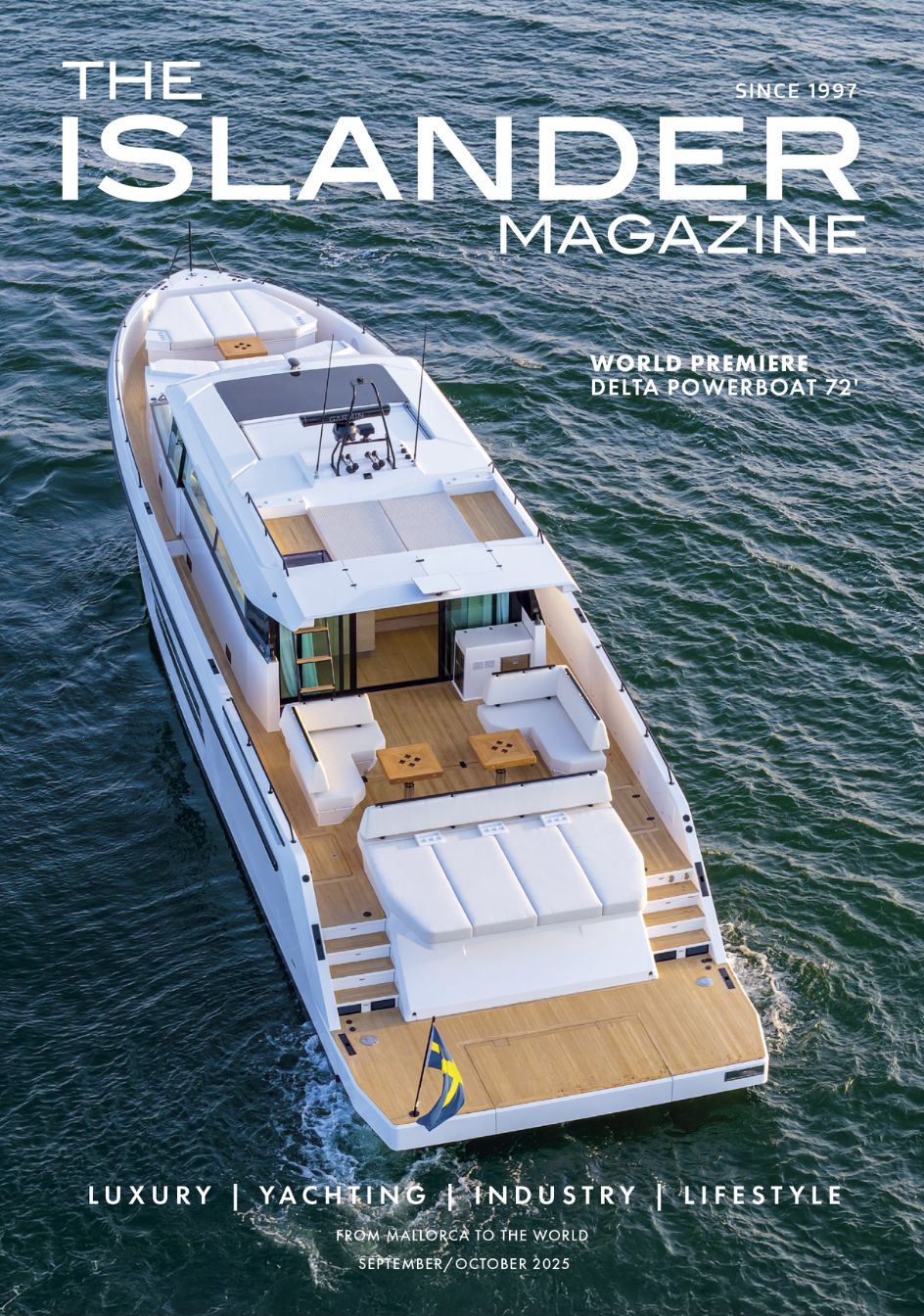Whether you are a keen day sailor or preparing to tackle the Roaring 40´s, nutrious food should form the backbone of any voyage at sea.

As with every aspect of sailing, prepartation is key. Victualling involves not simply what you buy but what you make at home in advance. Methods such as batch cooking, using vaccum bags and the freezer, ensure hearty `ready meals´ remain packed with vitamins and minerals.
Once at sea, the ubiquitous fruit and veg net starts to dwindle and attention turns to canned and microwavable fayre. All is not lost however if you have also stocked up on frozen fruit and veggies. Modern farming methods ensure produce is frozen at the point of picking, oftentimes proving to be more nutritious than the so called `fresh´ alternatives.
Strenuous exercise on deck, although great for health, also produces oxidisation. Make a point of choosing fruits and veggies not only with yellow and orange colouring (vitamin A), but also dark red, blue and purple for their antioxidant properties. Blueberries, beetroot, red onions and purple cabbage for example.
In order to sustain energy levels the body requires B vitamins and whole grain breads, pastas and rice are better than their refined counterparts. Unprocessed low GI foods are superior choices for sailors as the slow release of carbohydrates ensure everyone remains focused and happy.

Regarding dehydration, as well as thirst, the colour of one´s urine is a good indicator of current hydration levels. However, while struggling with salopettes in the heads, this may go unnoticed. Keep an eye on water levels therefore and ensure that the crew are drinking between two to three litres per day. If electrolyte levels are a concern, consider coconut water. Its natural abundance of potassium and sodium makes it a healthier alternative to sports drinks. Remember to that non-caffeinated teas including chamomile, rooibos and ginger count towards your H20 target.
When the opportunity presents to re-stock, look for water rich hydrating fruits and veggies including radishes, strawberries, grapefruit, watermelon, cucumber and spinach.
Alcohol at sea need not be avoided with many enjoying a well-earned G&T on the poop deck at the end of the day. Do keep it under control however as alcohol not only affects judgement but is very dehydrating making sea sickness worse, especially in hot weather.
Meal ideas while on board:
Breakfast:
Fruit, muesli, oatmeal, wheat germ and ground flaxseeds with non-dairy milks such as almond, rice and hemp.
Lunch:
Sandwiches using wholemeal wraps and pitta breads last longer if kept in the fridge together with bagged salads which are also convenient.
Dinner:
Those pre-prepped stews and soups will be welcomed by hungry crew members wanting something warming by evening time. Tomatos form a great base for any stew and remember to include fibre rich legumes such as black beans, lentils and chick peas which offer a protein rich alternative to meat. For Asian dishes, canned coconut milk is delicious combined with curry paste, frozen veggies and the protein of your choice. If space allows, a quick stir-fry is another delicious method of preparing food whilst retaining maximum nutrient density.
For further support and advice contact:
Allegra Scott DipNT mBANT rCNHC
Registered Nutritional Therapist
Delicoius Health:
+34 677 639 642













0 Comments